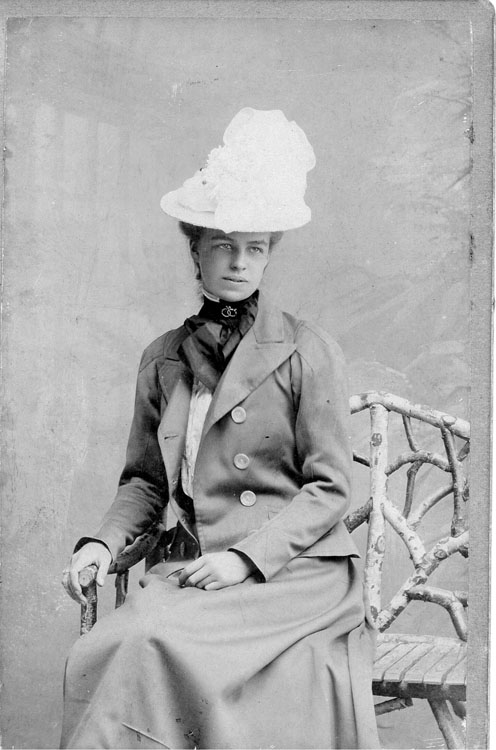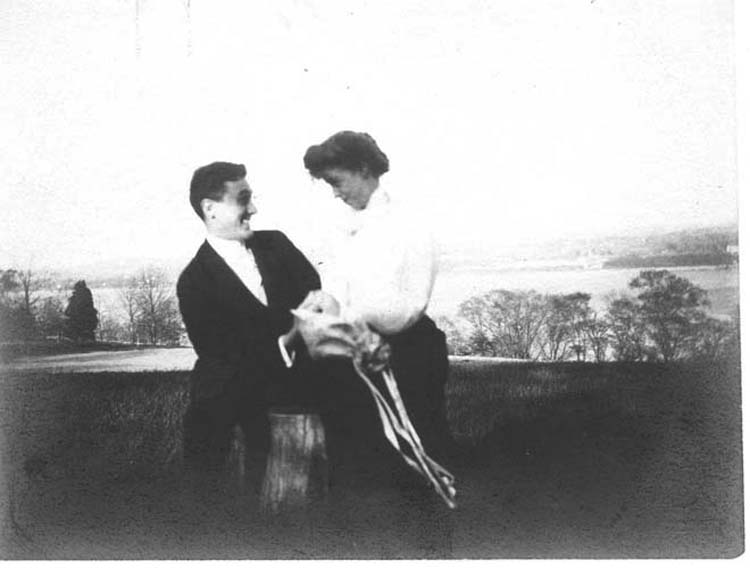The first lady of the United States, Eleanor Roosevelt was born Anna Eleanor Roosevelt on Oct. 11, 1884, in New York City. She was the niece of President Theodore Roosevelt. Her parents died when she was a child, and she went to live with her grandmother along with her brothers.
Roosevelt had been privately tutored until she was 15-years-old. She then began to attend Allenswood Academy, a girls’ school located in England. Roosevelt found a special connection with the headmistresses, Marie Souvestre, who impacted her with beliefs of independence for women.
When she was 18, Roosevelt returned to New York after finishing her education. She arrived being sure of herself, a feeling that she had not held previously and officially entered into society. Roosevelt’s family always greatly encouraged acts of kindness to the community, so naturally, she began this type of work herself. She volunteered as a teacher for immigrant children and also joined the National Consumers League, which aimed to create safer environments for those in the workforce.
Roosevelt married Franklin Roosevelt, who was her fifth cousin once removed, on March 17, 1905. The two had known each other for most of their lives, as she was only two-years-old the first time they met, and he, just four. As both of her parents were deceased, Roosevelt was walked down the aisle by President Theodore Roosevelt. The couple had six children together, but one died as an infant.

The family joined politics when Franklin Roosevelt was elected to the New York Senate in 1911. They moved to Washington D.C. in 1913, when he became the Assistant Secretary of the Navy. When World War I began in 1914, Eleanor Roosevelt assisted the American Red Cross and Navy hospitals. She found much joy in this type of work.
In 1921, Franklin Roosevelt came down with polio, which left him with paralysis from the waist down. His wife had been starting to listen to politics, as she found the topics to be important to her, but it was also to help encourage him to return to them despite his condition. She became interested in the Democratic Party and got involved with the Women’s Trade Union League and the League of Women Voters. She also taught at a girls’ school, Todhunter, which she had bought with friends.
In 1928, Franklin Roosevelt became the New York governor. In 1933, he became president of the United States and Eleanor Roosevelt, the first lady. This was also the time of the Great Depression.
Roosevelt was sad to have to stop teaching at her school and participating in some of her other causes. She took the position of first lady, however, and made it her own. She interacted with the people and traveled all across the country, giving information that she learned to her husband. Roosevelt advocated for the civil rights of American workers, young people and those who were poor. She also recommended that the president give more federal jobs to women.
Roosevelt was not afraid to share her thoughts as she took part in press conferences, some that were strictly for women, as well as lectures and radio broadcasts. She even wrote a newspaper column for nearly 30 years, which was called, “My Day.” Some people opposed Roosevelt, as she expressed these views that were out of the ordinary. She was greatly admired by many people, however.

As World War II began, she was very supportive of America’s troops and listened to their concerns and needs. Roosevelt asked those at home to volunteer where needed. From 1941-42, she became the Assistant Director of Civilian Defense. In this position, she would visit England and the South Pacific to promote unity for the Allied Powers and lift the spirits of American soldiers. She also promoted the New Deal, which was created during the Great Depression to help America improve its economy and establish more jobs.
President Franklin Roosevelt passed away in 1945, but his widow did not let this become an end to her work. She became a delegate to the United Nations, as ensured by President Harry Truman. She gave her well-known speech, “The Struggle for Human Rights,” in 1948 as she favored the Universal Declaration of Human Rights, which was to be voted on and was passed that same year. Roosevelt was also made the chair of the Commission on the Status of Women in 1961 by President John F. Kennedy.
In 1962, Roosevelt came down with tuberculosis and died from both the illness and heart failure on Nov. 7. She was laid to rest at the Hyde Park Roosevelt Estate alongside President Franklin Roosevelt.
Rebekah Davidson
Intern

